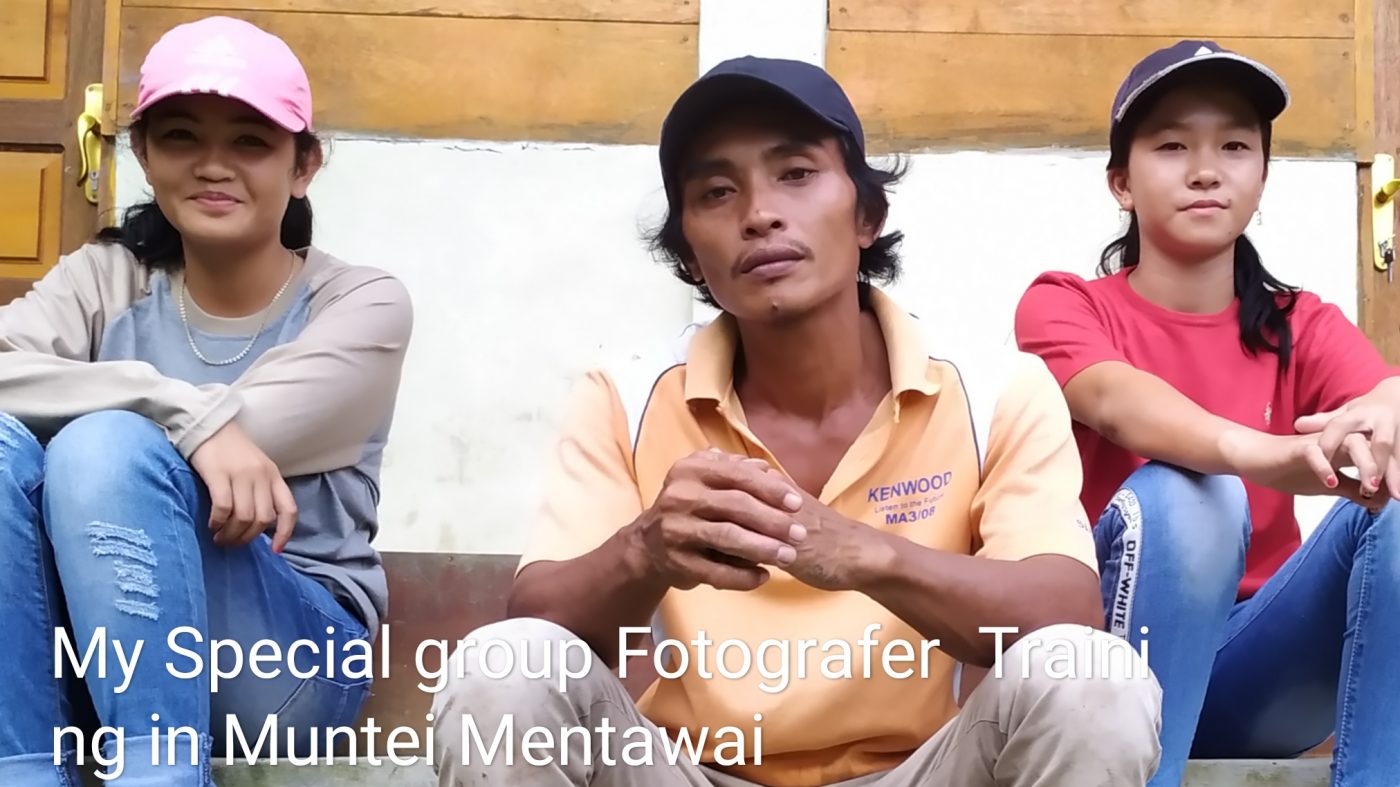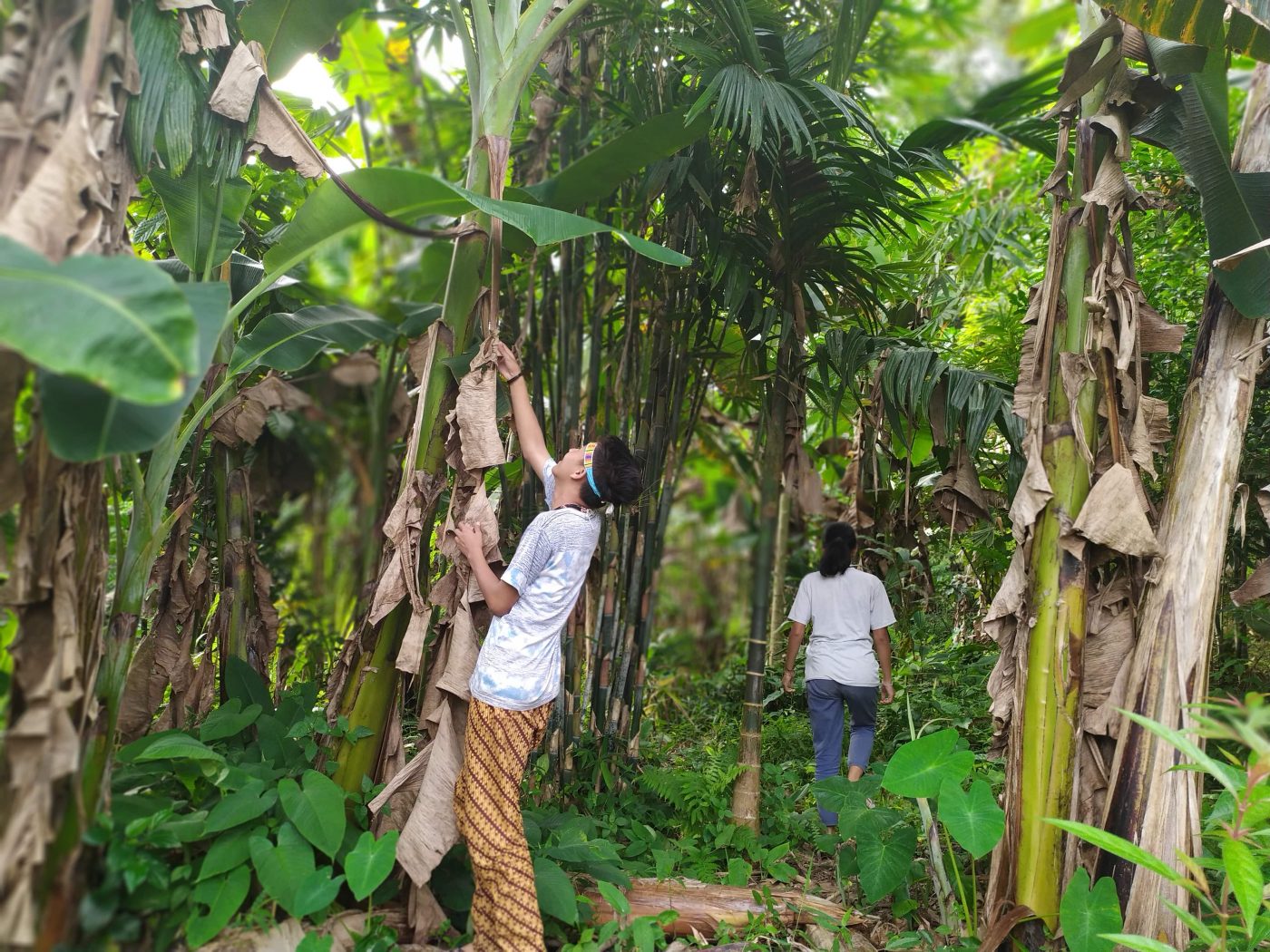After over a year of preparing the workshop sessions on Mentawai, we are pleased to present some of the results of the sessions in june 2019, which were hosted and co-developed by Yayasan Pendidikan Budaya Mentawai.
Each class had around 10-15 participants and the program was executed over the course of a couple days, combining both sit-down sessions with Keynote presentations and fieldwork. This is what the photography workshop program looked like:
Day 1: Introduction, ethics in visual storytelling and basics of photography-> * Basics of interviewing techniques * Reality/Symbolism/Arranged scenery
Excercises: Focus, composition and portraits.
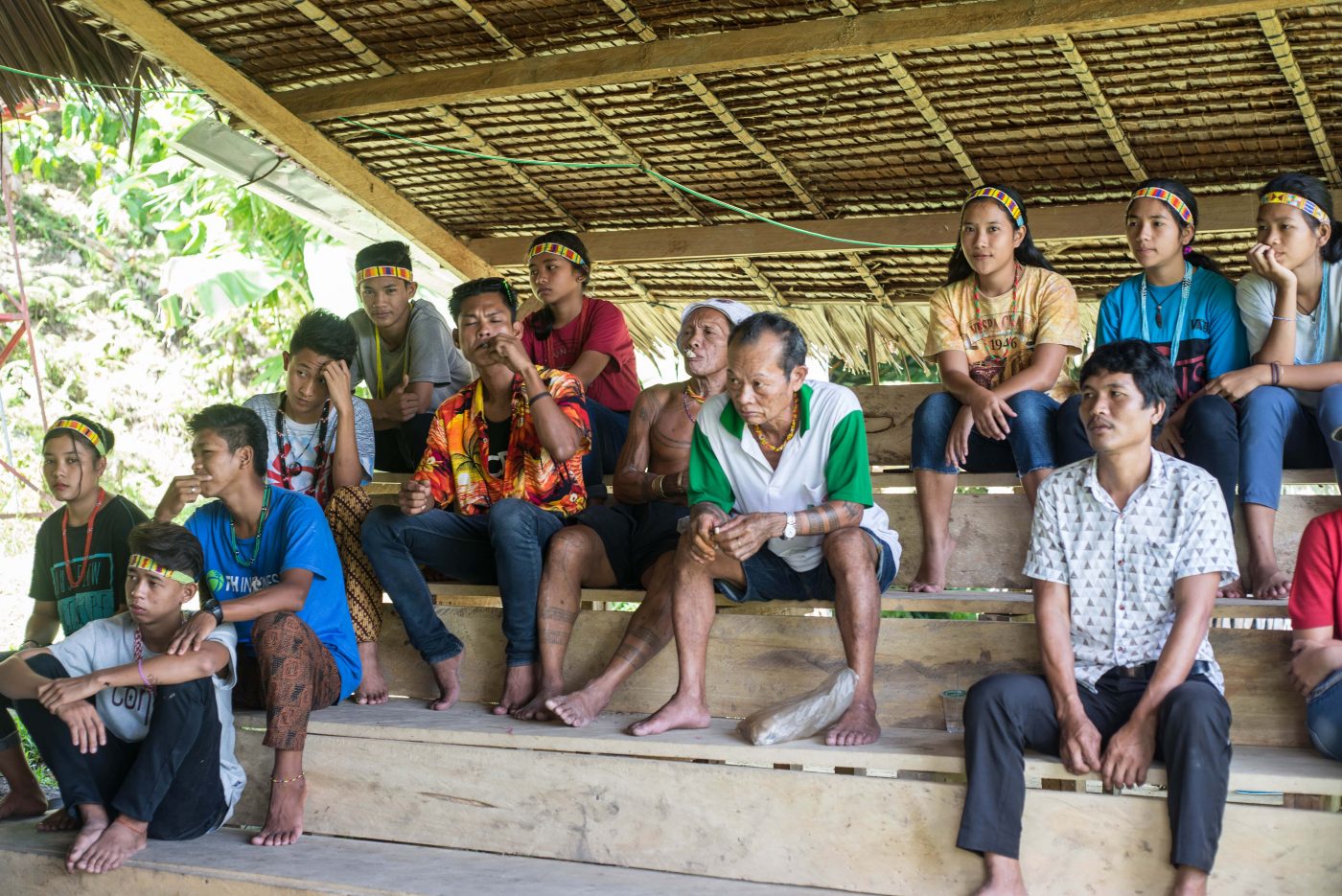
Participants of the Sinchi – YPBM Photovoice Programme waiting for the very start of the programme. Sikerei Aman Kriko (right) and Aman Borio Okok are just as curious as what’s to come. 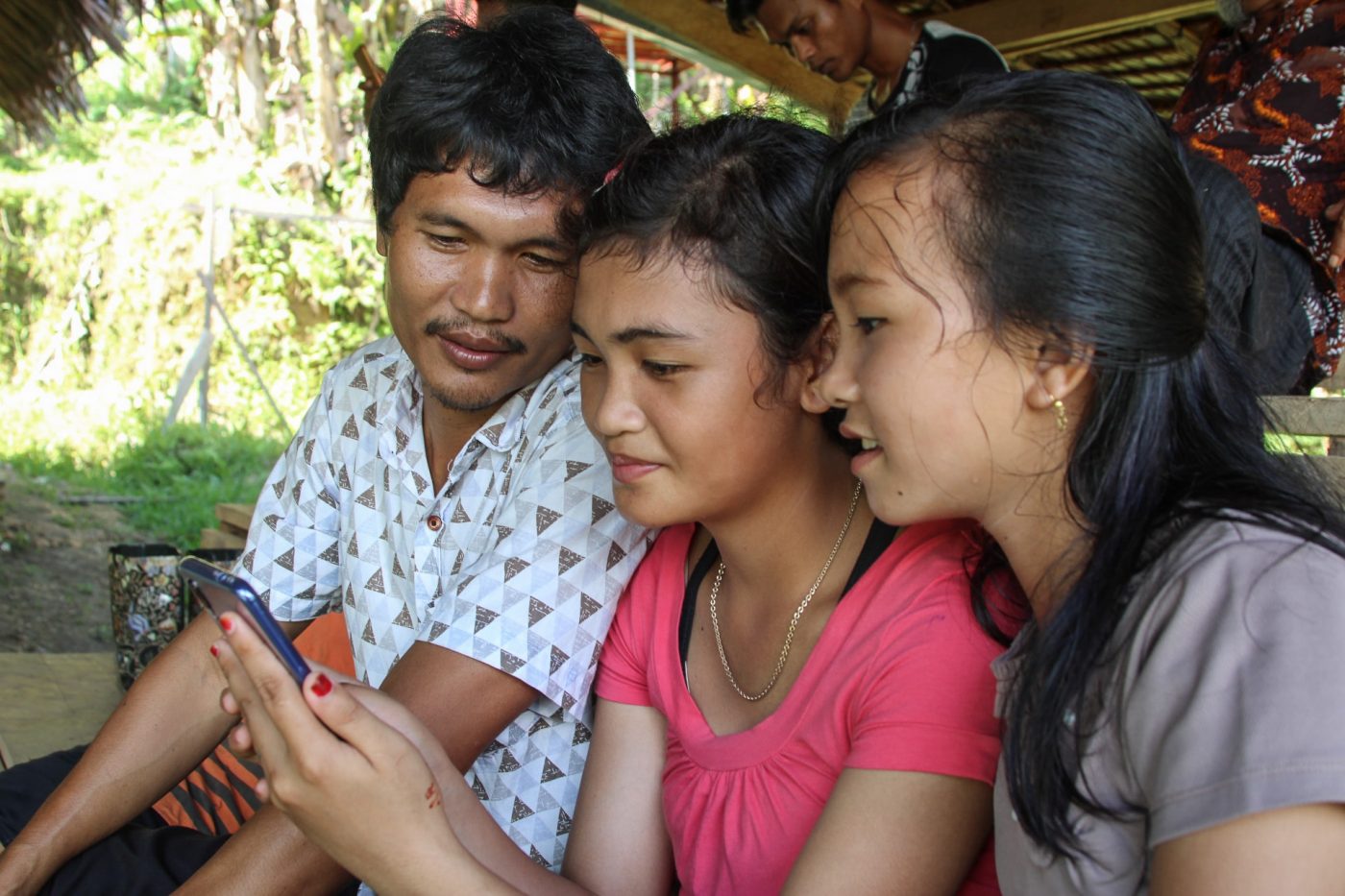
Helsa and Sunarti proudly showing their work to Manuel (staff YPBM). (credits: Martison Siritoitet). 
Tesa, Raimundus, Joni and Esrani getting familiar with their equipment (and software). (credits: Martison Siritoitet) 
YPBM Chairman Yan Fransiskus giving the introduction for the workshopsessions
Day 2: Short recap, briefing of that days’ assignment and field work. Research question: What does Mentawai culture and identity mean to you?
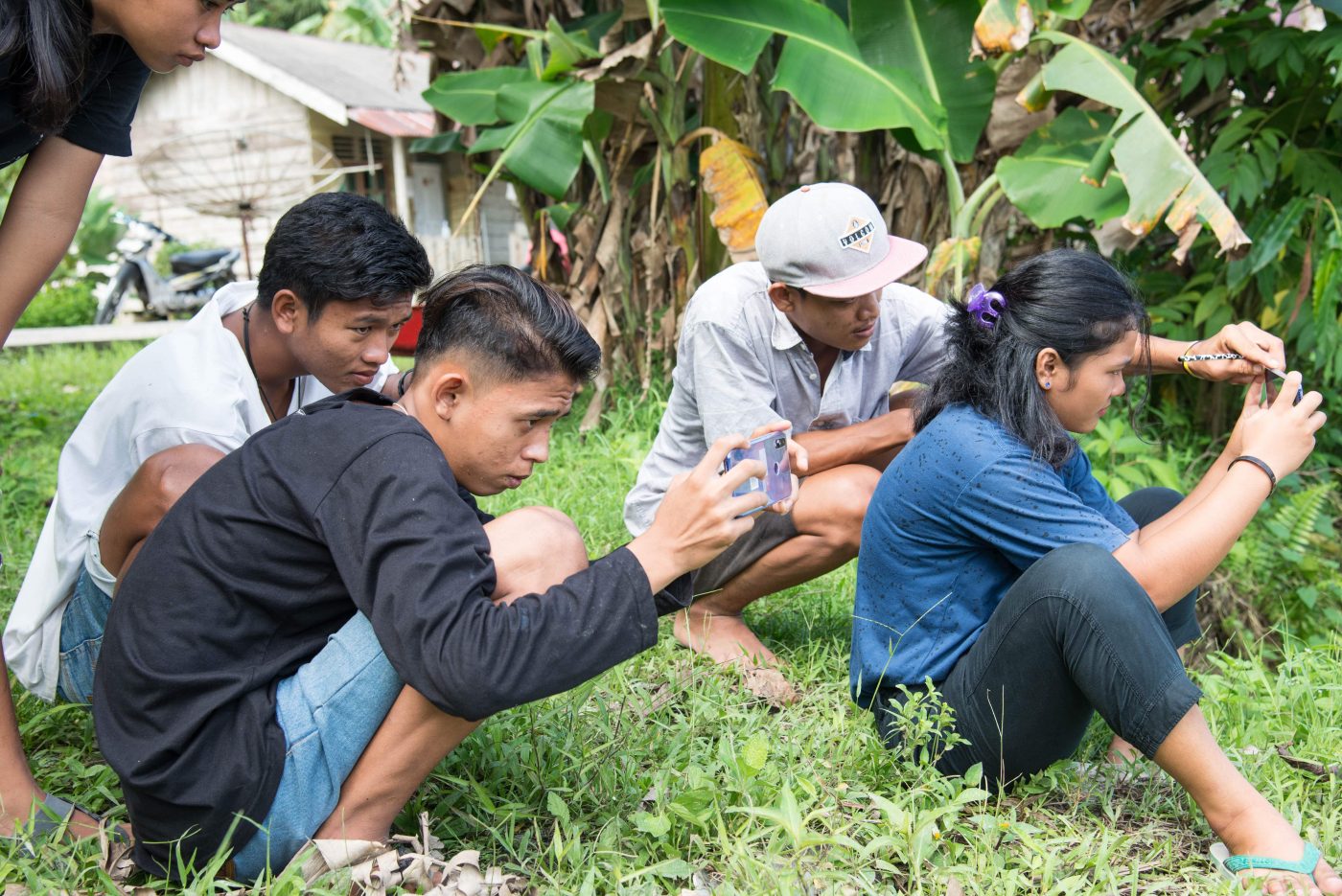
Practicing in composition, light, angle. From left to right: Eka, Hendrikus, Rejeki, Idris, Esrani. 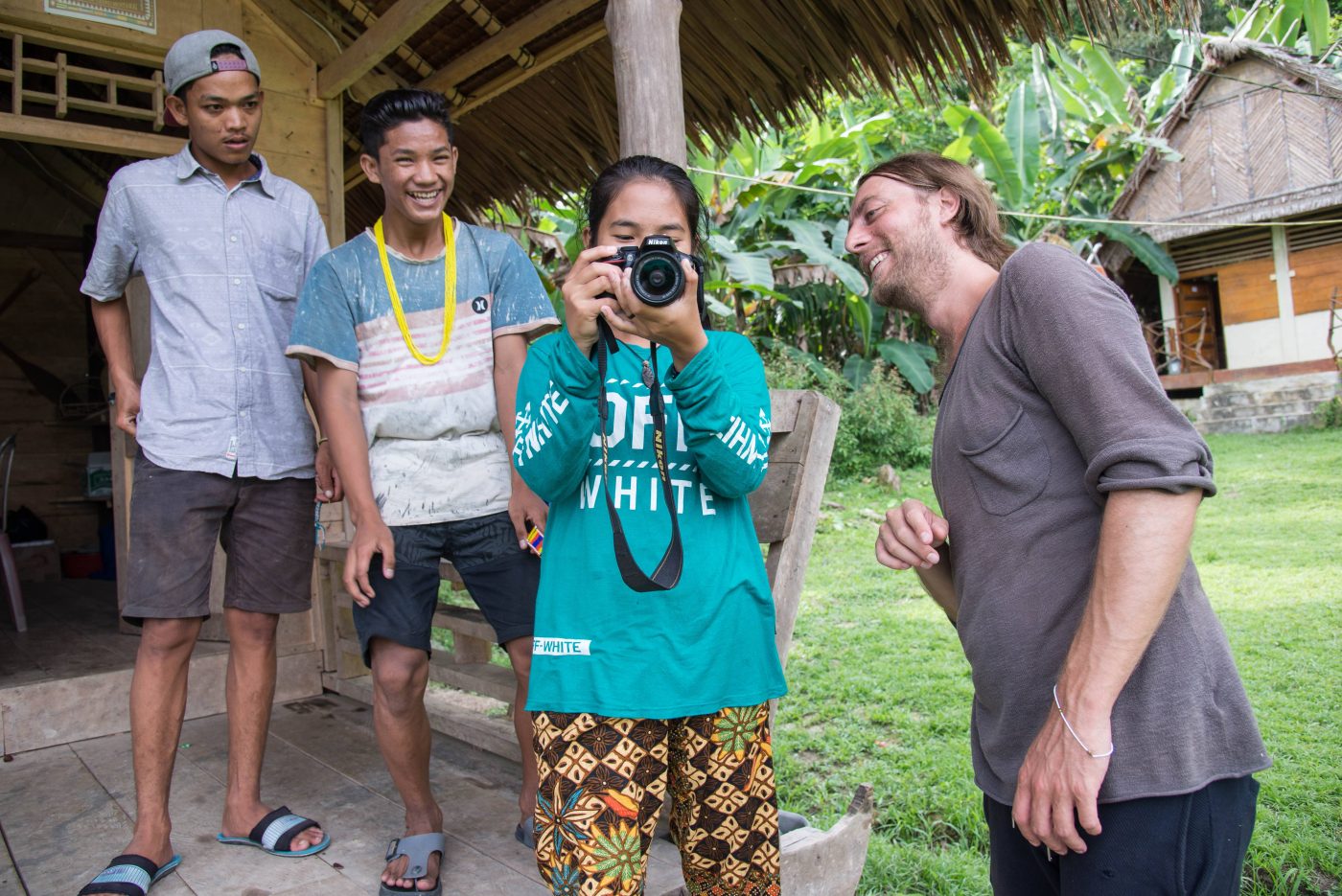
First steps into Manual photography on the last day, but Idris, Joni and Jessyca (behind the camera) are excited 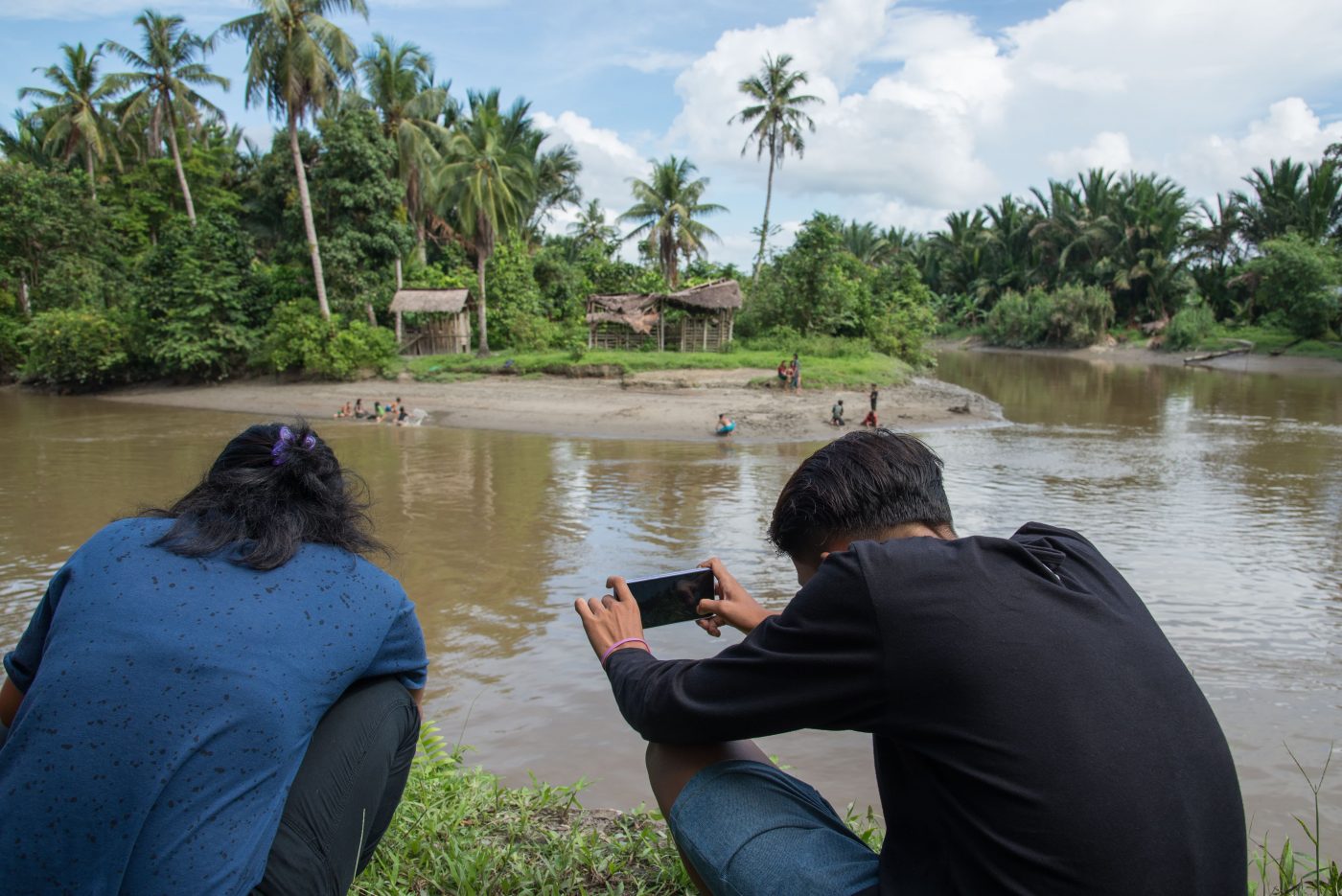
Esrani and Rejeki working on their composition on the river bank, close to the education studio. (credits: Martison Siritoitet)
Day 3: Short recap, briefing of that days’ assignment and field work.
Day 4: Participants’ presentations, discussion and certifications!
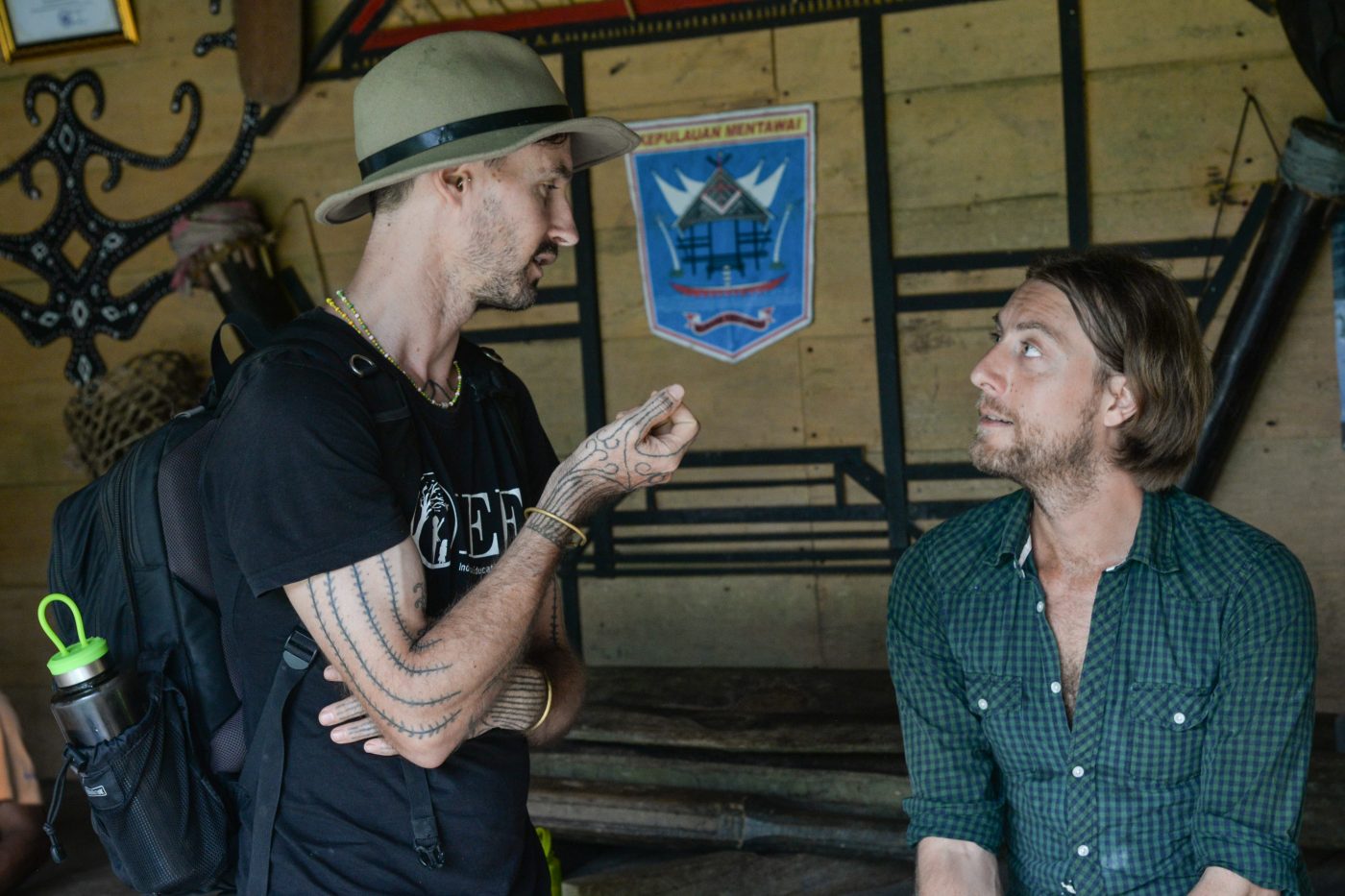
Talking with Rob Henry about the Programme, considering next steps. (credits: Martison Siritoitet) 
Handing over the certificate to Natalis (Sanggar Saibi, Central East of Siberut). (from left to right: Yan, Steyn, Natalis, Hendri). (credits: Martison Siritoitet). 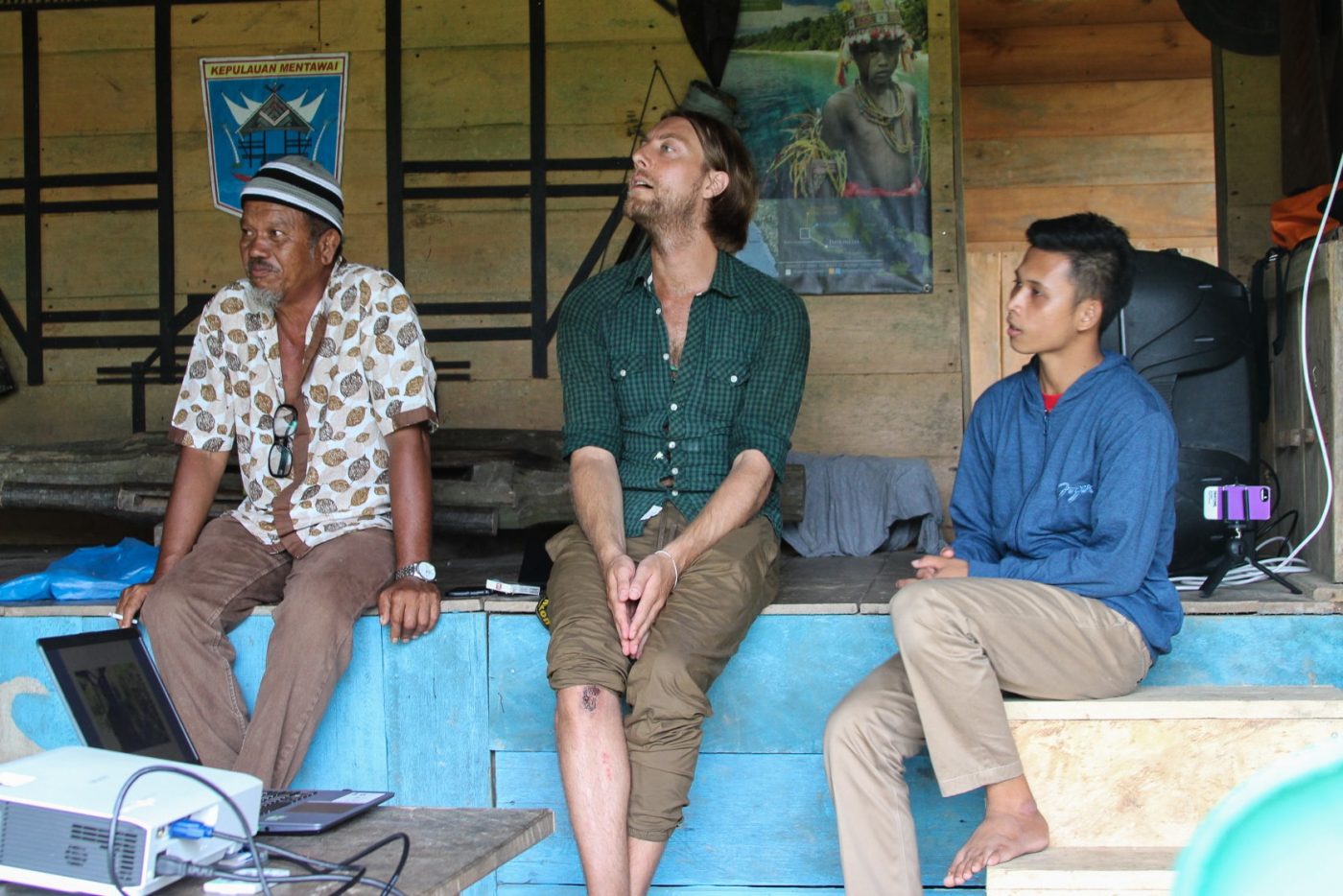
Listening with awe to the final stories of the participants. (from left to right: Hendri, Steyn and Martison). (credits: Rob Henry) 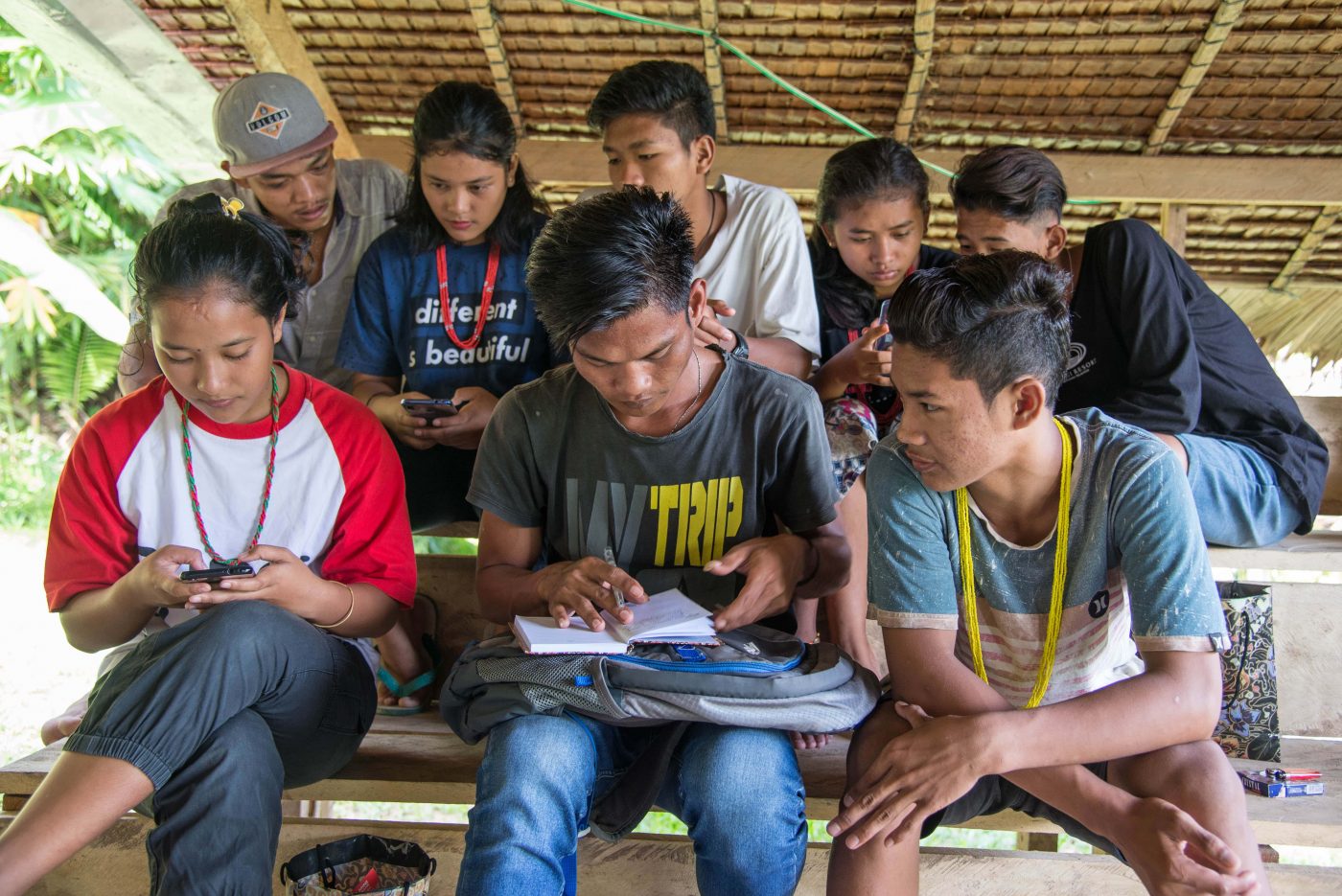
Tesa, Raimundus and Joni selecting their final photos and updating their captions from their notebooks, before handing in their final results 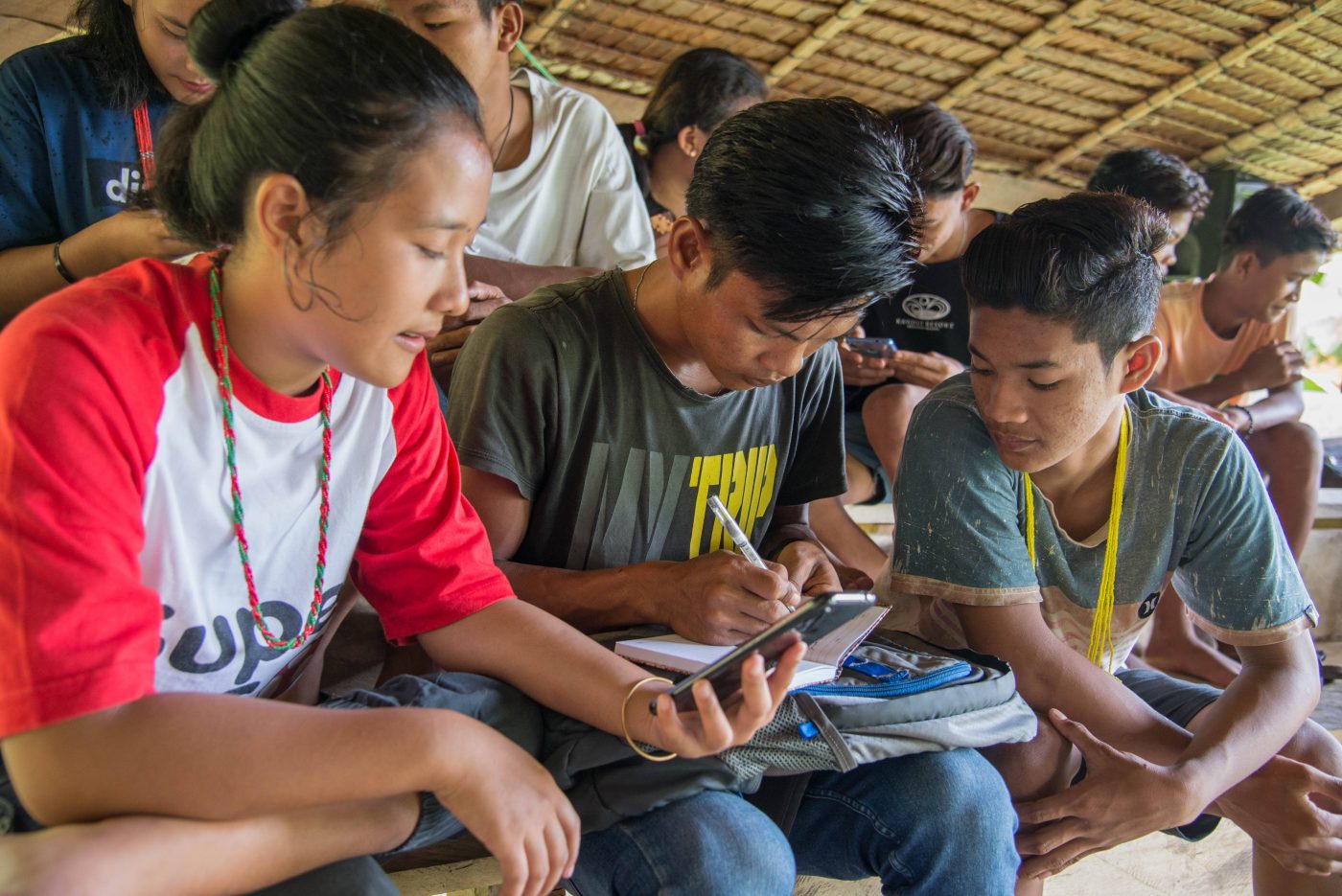
Tesa, Raimundus and Joni selecting their final photos and updating their captions from their notebooks, before handing in their final results 
Eka and Rejeki presenting their stories. 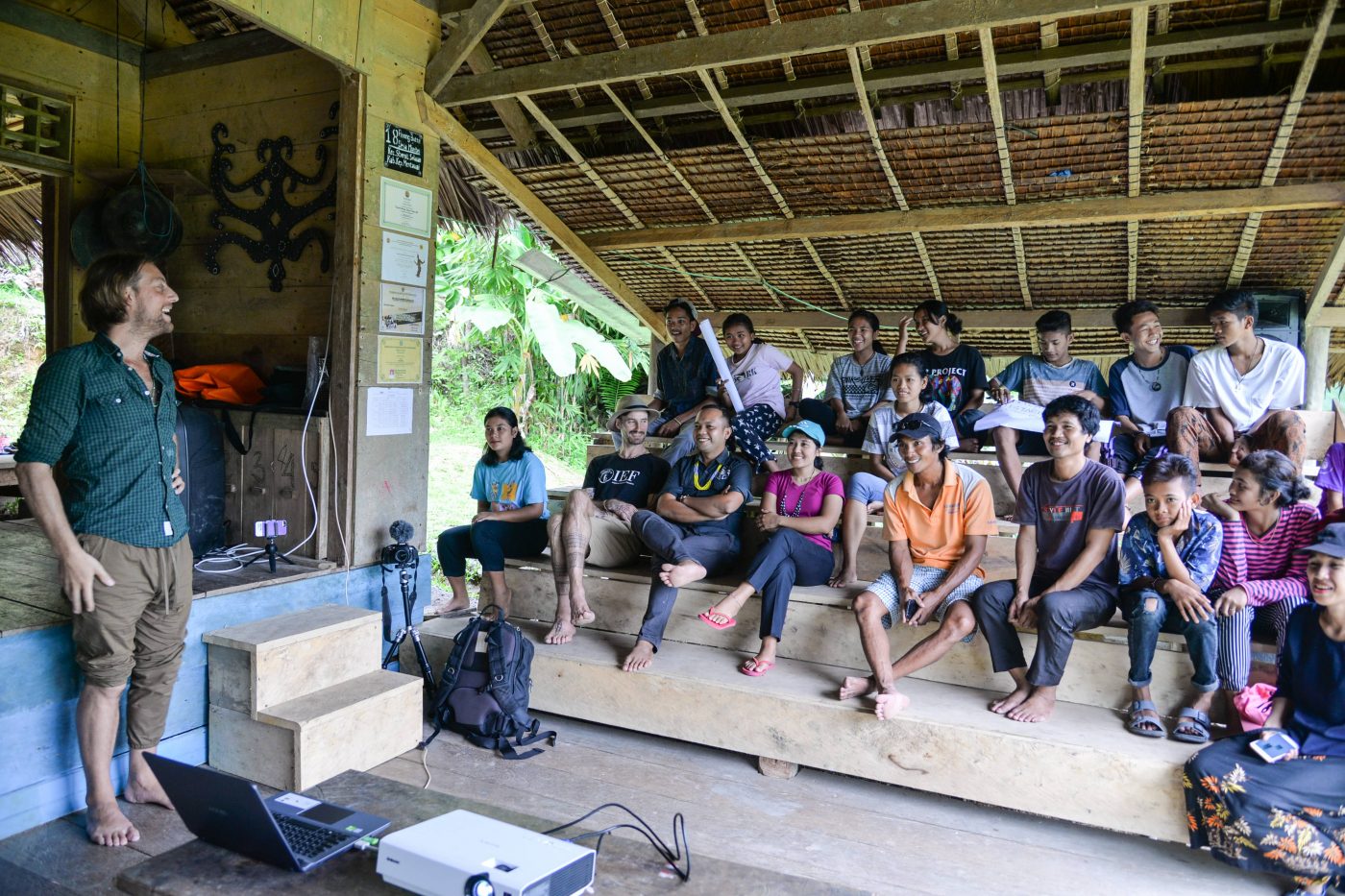
Looking back and final presentations of the participants with various (visual) stories about Mentawai culture and identity. 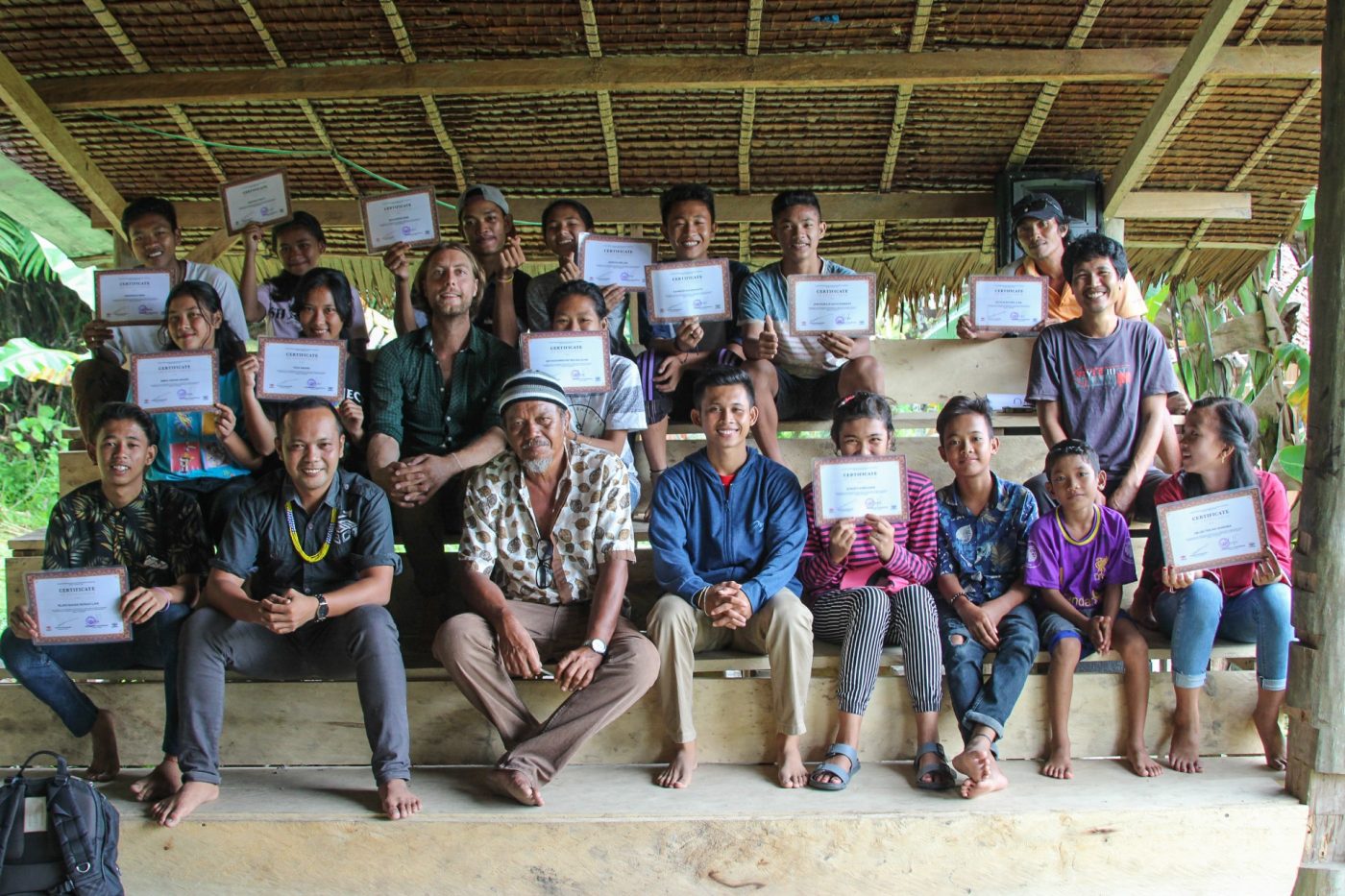
Group photo showing their new certificates before the start of the party. (credits: Rob Henry).

Example of the certificates handed out to participants of the 2019 Sinchi/ YPBM photo workshops taking place on Siberut last june
The group of participants was divided in 5 teams teams of 2 till 3 people, below is a selection of their work, but this doesn’t include the complete body of work shot during the workshops.
Team 1: Natalis Satoko, Helsa Tiolina Sanenek, Sunarti Sabeleake
Team 1 took an ‘out-of-the-box’ approach to capturing the culture on their island, they spent a lot of time focusing on the islands’ waste management, or maybe it would be better to say; the lack thereof, and the effects of it on the landscape and their beautiful beaches. It’s a very valuable approach to take, as this image of Mentawai isn’t what we see in many of the mainstream outlets to attract tourists to the islands, for example. However, it is a daily reality for the people who live there and depend on their land.
“Sampah plastik yang berserakan di pinggir pantai, yang mengakibatk an kotornya suatu tempat, akibat dari tidak perdulinya masyarakat ter hadap Masalah Sampah”
Translated:
Plastic rubbish which is scattered on the beach, which results in a dirty place, as a result of the lack of care of the community over the Waste Problem”
Team 2: Joni Panulis Sapataddekat, Tesa Sagari, Raimundus Saruru

“This plant is called Sari plant, sari plants are used as a medicine against burn wounds and it grows in community gardens”
Many of the teams used medicinal plants as an important theme for their research into Mentawai traditions and identity, it shows how closely connected they are and/or have become through the indigenous-led cultural education program, in which botanical knowledge plays a big part. Plus, taking pictures of plants is a great way to get to know the quality of the cameras on their smartphones.

a mother is taking leaves for livestock 
Tesa Sagari, one of the team members, modelling to practice their portrait skills
Team 3: Oktavia Rindi Antika Saluluni, Kanisius Sudarnanto, Jessyca Melani
” in the photo it depicts that the Mentawai Children are cleaning their fields so they can look beautiful and clean. Cleaning the fields is not done once, we have to clean every day so that it always looks beautiful and clean. And the fruit in the field is fast bearing fruit and producing a lot of fruit and the results are quickly sold”
In the above photo and quote, Jessyca, Oktavia and Kanisius are practicing with staged photography and storytelling, in which one of them acts out a Mentawai tradition inside the frame; a tradition which stands out to them as being an important part of their identity. What a great way to process their own relationship to the culture and for us to learn from them.
In this picture, the team has captured an important and very old procedure, the preparation of sago from palm tree to finished product. Sago is the most prevalent source of nutrition for the people on Siberut, as it grows abundantly on the island. However, since the preparation of sago is quite labor intensive, nowadays many Mentawai eat imported rice from Sumatra. Rice from Sumatra is easy to get but much more expensive and not as nutritious.
Team 4: Agus Eka Frapti, Rejeki Bahari Monaci Laia
” The uma is the gathering place for the tribes and where the traditional parties/ceremonies happen.”
Throughout the teams, almost all of them took pictures of the uma. The umas are quite striking because they still exist as the traditional gathering places for tribal gatherings, but around the coastal areas they stand alongside modern buildings and different religious buildings such as mosques and churches. The uma is an unmistakable landmark and typical for indigenous Mentawai culture.

Pigs’ heads inside the uma 
A young boy using firewood to boil the water
Team 5: Muhammat Idris, Hendrikus Ririk, Ribka Esrani Sagari
” These four people are heading for the farms of Majobulu, riding a motorcycle. The aim is to find inspiration in how they cultivate their fields.”
Muhammat, Idris and Ribka of team 5 worked with storylines, staged photography and a bit of interview techniques to create the kind of footage that inspired them, which gives a wonderful insight into daily life for Mentawai people beyond the traditions themselves. Siberut is for the largest part only accessible by motorcycles and boats, so even the youth transport themselves with scooters.

Some children who are bathing in the river while playing hide and seek, enjoying the view of the afternoon by the river 
A mother cleaning fish to be cooked

